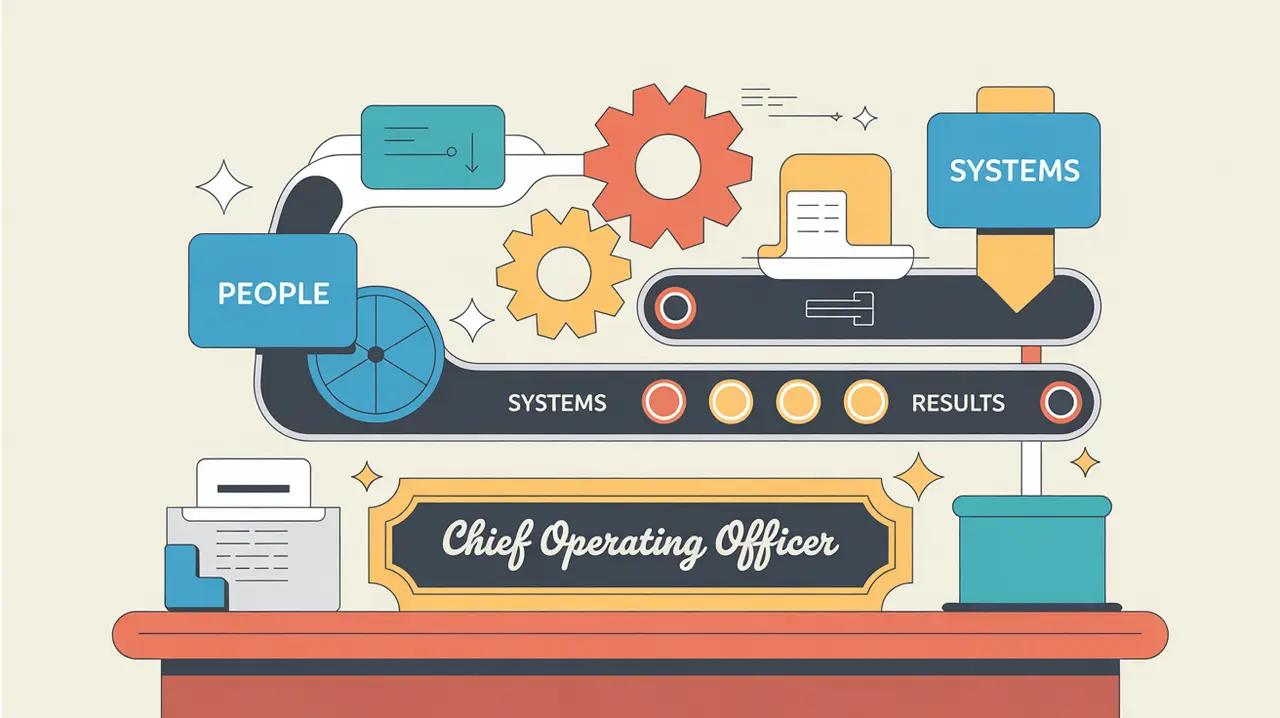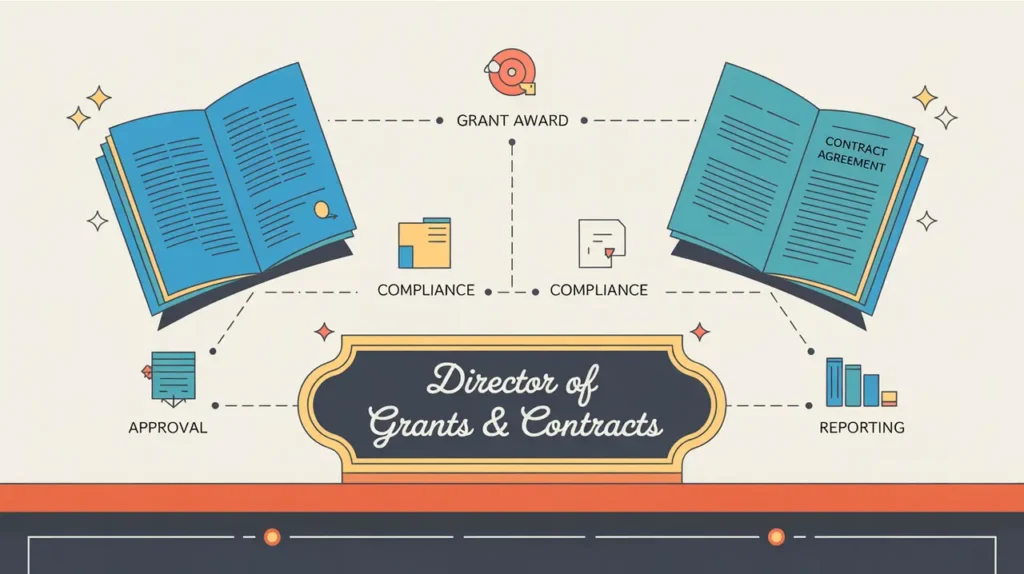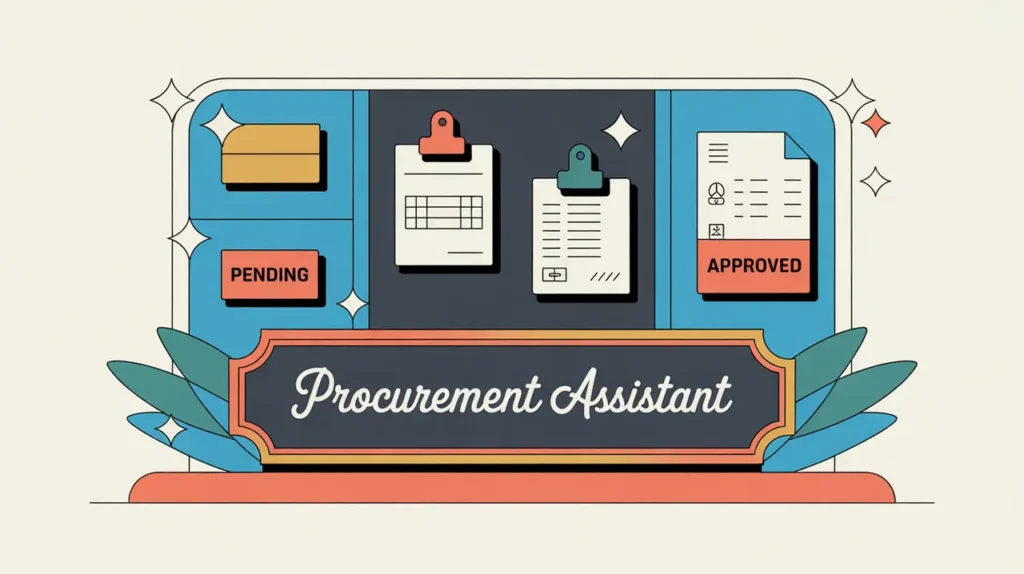What Does the Chief Operating Officer Role Involve?
A chief operating officer (COO) is responsible for overseeing the day-to-day operations of an organization and ensuring that strategy is effectively translated into execution. This involves managing key operational functions such as program delivery, human resources, finance, technology, and organizational infrastructure. The COO works closely with the CEO and executive team to design and implement systems, processes, and structures that support growth, efficiency, and impact. They often play a bridging role between strategic leadership and operational teams, ensuring that priorities are aligned and executed effectively. In both nonprofits and social enterprises, the COO is central to building operational excellence and enabling the organization to deliver on its mission at scale.
At What Level does this Role Operate?
Executive Level: This role operates at the highest levels of organizational leadership, typically reporting directly to the CEO and serving as part of the executive team. The COO often supervises senior functional leads (such as finance, HR, technology, or program delivery) and is responsible for organizational performance and operational integration.
Relative Employability: Executive operations roles are consistently in demand across nonprofits, social enterprises, and philanthropic organizations. They are especially critical in organizations that are scaling, restructuring, or operating across multiple regions or functions. Individuals with strong systems thinking, operational leadership, and strategic execution skills are well positioned for these roles.
Relative Pay Scale: Within nonprofits and social enterprises, chief operating officer roles sit in the highest executive pay bands, reflecting their broad scope of responsibility and strategic importance.
What are the Key Responsibilities and Activities?
- Oversee daily organizational operations to ensure efficient and effective execution of strategy
- Lead key operational functions including finance, HR, technology, and program delivery
- Design and implement systems, processes, and structures that support organizational growth and impact
- Supervise senior functional leads and ensure cross-departmental alignment
- Translate strategic priorities into actionable operational plans and performance targets
- Monitor and improve organizational performance, risk management, and resource allocation
- Collaborate with the CEO and executive team to shape long-term strategy and planning
- Represent operational priorities to the board and external stakeholders as needed
What Core Competencies and Qualifications are Needed?
Required Qualifications and Experience
The following reflect common qualifications and experience expected for this role, while recognizing that pathways may vary by context, organization, and region.
- Relevant academic background in business administration, operations management, public administration, or a related field, or equivalent professional experience
- Extensive leadership experience overseeing operations, preferably at the senior or executive level
- Proven ability to design and manage complex organizational systems and processes
- Strong understanding of finance, HR, technology, and program operations in nonprofit or social enterprise contexts
- Experience leading cross-functional teams and driving organizational performance
Key Competencies
- Strategic operational leadership and systems thinking
- Strong organizational management and execution skills
- Financial and operational acumen
- Excellent communication and cross-functional collaboration abilities
- Capacity to manage complexity and scale
- Problem-solving and change management expertise
- Commitment to mission and impact delivery
How are AI and Automation Shaping this Role?
An AI-native chief operating officer will look to AI and automation to optimize organizational systems, improve decision making, and increase operational efficiency. They can use AI tools to monitor performance metrics, model operational scenarios, and identify bottlenecks in real time. Automation can streamline workflows across finance, HR, program delivery, and communications, allowing the COO to focus on strategic alignment and organizational growth. By integrating AI thoughtfully, COOs can build more adaptive, data-driven, and efficient organizations.
What Career Pathways and Transferable Skills are Associated with this Role?
Chief operating officer roles are often pathways to CEO or other executive leadership positions due to their comprehensive oversight of organizational functions. The combination of strategic execution, operational leadership, and cross-functional management developed in this role is transferable across nonprofits, social enterprises, corporations, government institutions, and philanthropic organizations.







